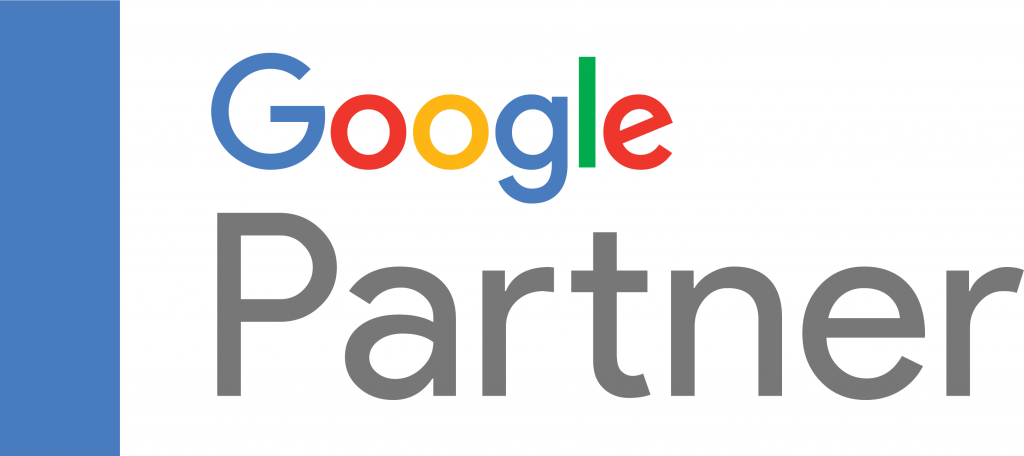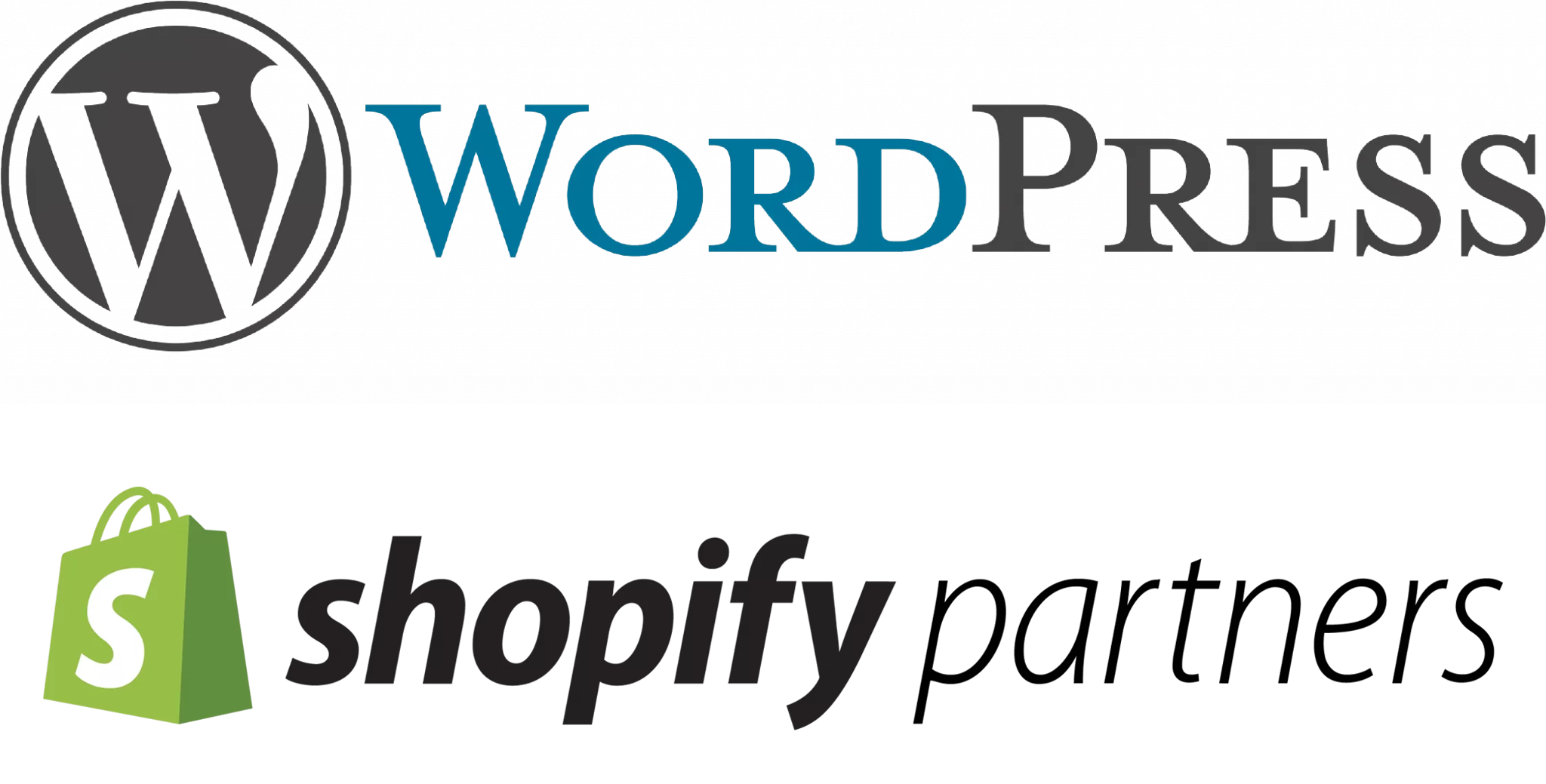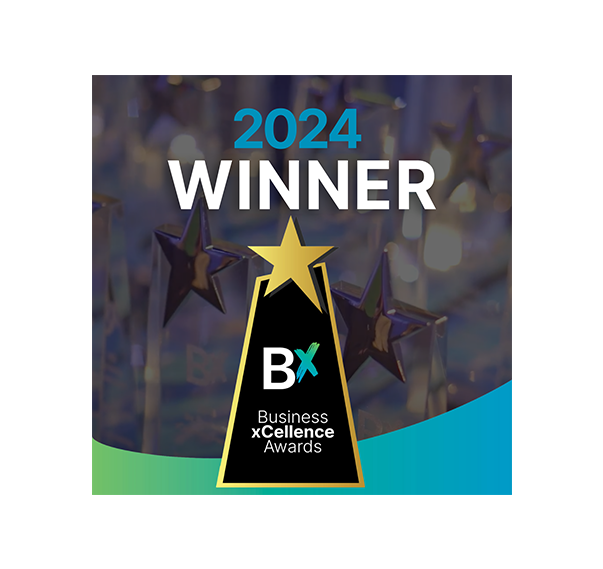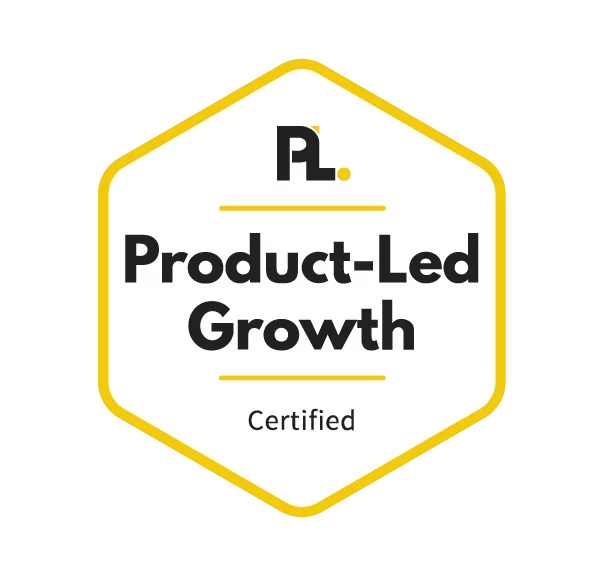Australia is preparing for a major shift in the digital landscape. Starting 10 December 2025, anyone under the age of 16 will no longer be permitted to create or keep a social media account on platforms like TikTok, Instagram, Facebook, Snapchat, YouTube and several others.
If your brand speaks directly to children or young teenagers, this change will affect how you reach them online. Several clients have already asked how their social media strategy needs to adapt. And while the new rules are restrictive, you still have strong options available to stay visible and relevant.
What This Ban Means for Your Brand
If your content or campaigns are designed to reach children under 16, you will no longer be able to rely on social media as a direct communication channel. You won’t be able to create organic social media content that targets this age group. This may feel like a major setback, especially if social media has been a key part of your marketing strategy.
The reality is simpler. You can still reach the same audience, but you need to do it through different points of influence and different channels.
Refocus Your Messaging Towards Advocates: I.E Parents
The most effective shift you can make is to speak directly to parents. Parents are the decision-makers, the buyers, and the ones researching education and play programs, shows for screen time, or products that their children will need or use. They are guiding what their children engage with.
Your messaging should focus on what parents want for their children, whether that is fun, education, enrichment or a safe and positive experience. Instead of content written for kids and teenagers, you reposition your message to show parents why your offering is the right choice for their family.
This small shift in language keeps your social media activity compliant while still giving you access to the audience that matters.
For example: Instead of saying, “Kids will love this,” you can frame it as, “Here is what parents are choosing for their kids this year.”
Instead of “Join our kids’ challenge”, try “Parents, here is a fun challenge your kids can take part in.”
This shift keeps your content compliant while still allowing you to use social platforms effectively.
Continue Reaching Older Teens Aged 16-18
Not all young audiences disappear after the ban. You can still communicate with users aged 16 to 18 on social media. You simply need to ensure your content clearly aligns with older teens rather than younger teens and children. With clear positioning, you can maintain engagement with this age group without breaching any restrictions.
This gives you room to maintain a youth-focused presence, as long as the tone, visuals and message are appropriate for older teens.
Reintroduce High-Impact Physical Advertising Channels
With social media access restricted for under 16s, physical advertising becomes an effective and reliable alternative.
• Billboards
• Letterbox drops
• Posters
• Transit advertising, including bus wraps and bus shelter placements
• Print media ads
• Local community publications
These channels meet children and families where they are in real-world environments. They remain powerful for capturing attention, building recognition and driving action.
After all, with no social media to browse, young teens will be looking up from their phone screens more often thanks to the inevitable decline of teenager social media doom scrolling.
Expand Your Non-Social Digital Presence
Your digital strategy does not need to rely on social media alone. You can still reach parents effectively through a variety of online channels that sit outside the social category. These include:
Google Search and Display advertising • YouTube placements that target Parents and over-16s • SEO content aimed at parents researching activities or products for their children • Email marketing • Partnerships with schools, educators or community organisations • Influencer marketing using parent creators
These channels allow your brand to stay visible while remaining compliant with new regulations.
You have plenty of digital tools that continue working even without access to under-16s on social media.
Strengthen Your Community Presence
As your digital strategy evolves, this is also a strong opportunity to reconnect with real communities. In-person events, school holiday workshops, community partnerships, program activations and in-store experiences help build trust and engagement. These touchpoints can become powerful differentiators for youth-focused brands and create deeper brand loyalty.
Your Next Steps
The 2025 under-16 social media ban changes how you communicate, but it does not reduce your ability to reach the audience you care about. By adjusting your messaging towards parents, continuing to speak to older teens, exploring physical and non-social digital channels, and building a stronger community presence, you can create a well-rounded strategy that stays compliant and remains effective.
At Ignite Search, we are already guiding clients through these changes and helping them prepare for the months ahead. With the right approach, your brand can stay visible, adaptable and future-ready.
Need help navigating the change?
Reach out to the Ignite Search team if you would like a tailored strategy, a channel analysis, or a complete roadmap for your 2025 marketing approach.







